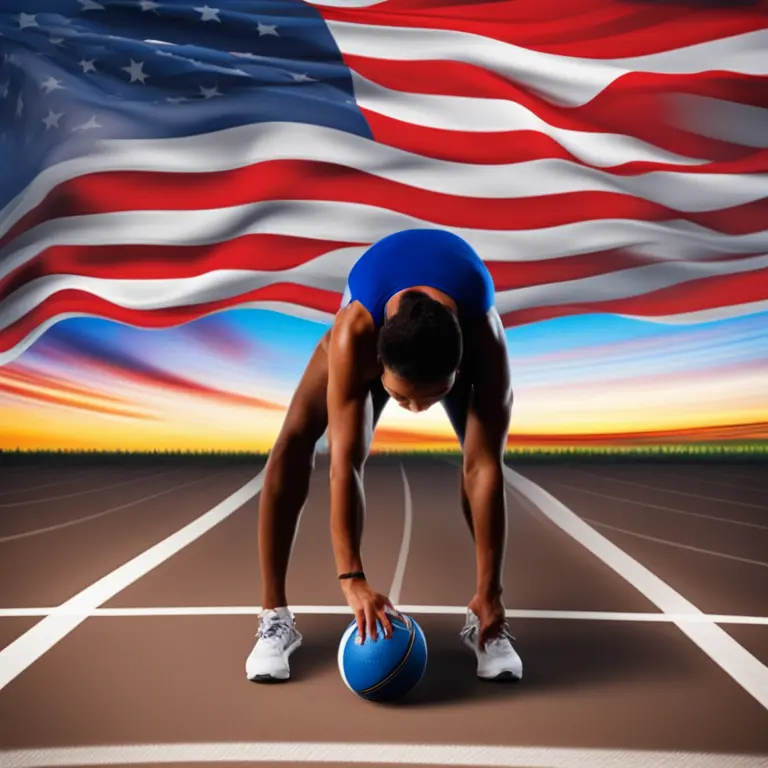
Mindful Practices: Meditation for Athletic Excellence
Discover meditation techniques tailored for athletes to enhance focus, recovery, and performance.
article by Hina Kurosawa
Introduction to Athlete-Centered Meditation
Meditation, long associated with spiritual and self-help circles, has made significant inroads into the world of sports. In an era where mental strength is as crucial as physical prowess, athletes are turning to mindfulness to gain a competitive edge. This article aims to shed light on meditation techniques that are specifically adapted for athletes' needs—methods that contribute not just to mental well-being but to peak performance on the field of play.

The Connection Between Mind and Performance
The psychological components of athletic success—concentration, resilience, and the mental recovery from injuries—are increasingly apparent. Studies now show that incorporating meditation into training can significantly impact these aspects. For example, practices like mindfulness meditation can improve focus, reduce pre-competition anxiety, and facilitate quicker mental recovery from intense physical exertion and even injuries, something athletes can leverage in 2024 and beyond.

Getting Started with Meditation
For athletes unfamiliar with meditation, starting can seem daunting. However, the process is straightforward. Begin with just a few minutes a day, seeking a quiet space free of distractions. Sit comfortably with a straight back, close your eyes, and focus on your breath. As thoughts intrude, acknowledge them without judgment and return your focus to your breathing. Consistency is key, and over time, this foundational practice can help hone an athlete's mental acuity.

Visualization for Athletic Success
Visualization is a technique that involves creating a mental image of a desired outcome. Athletes can use it as a form of meditation—envisioning success in an upcoming event or perfecting a technique in their mind's eye. By repeatedly visualizing their goals, they reinforce neural pathways associated with the actual performance of those skills, making them more natural during competition.
Body Scan for Recovery
Recovery is as vital as training sessions, and the body scan is a meditation technique specially beneficial for post-training or post-competition. Lying down, athletes progressively bring their attention to each part of the body, noting sensations without judgment. This mindfulness-based stress reduction (MBSR) technique helps in releasing tension and recognizing areas that may need extra care, thus supporting physical recuperation.
Yoga Nidra for Deep Rest
Yoga Nidra, or yogic sleep, is a form of meditation that guides practitioners into a state of deep relaxation while maintaining consciousness. Especially useful for athletes, it offers profound rest that can enhance recovery processes far more than usual sleep. It is also associated with improved emotional regulation and has been used to manage and reduce chronic pain, allowing for more effective rest periods between intensive training.
Breath Work to Enhance Endurance
Controlled breathing practices, or pranayama in the context of yoga, can enhance both the mental and physical aspects of performance. Techniques such as 'alternate nostril breathing' have been shown to improve cardiovascular function and increase lung capacity. For endurance athletes, mastering breath work paves the way for better oxygen utilization and improved overall stamina.
Published: 1/18/2024
Modified: 1/18/2024
More predictions
Come back here soon to learn more about yourself and your future

